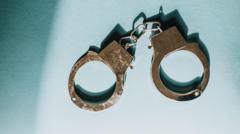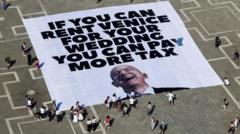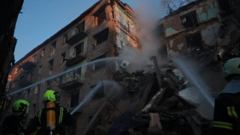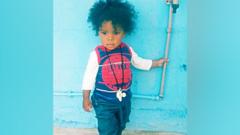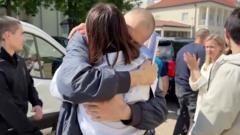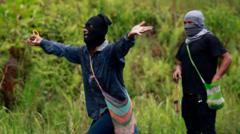Violent clashes between police and demonstrators in Kenya have resulted in significant casualties as citizens express discontent over the government.
Protests in Kenya Turn Deadly as Clashes with Police Erupt
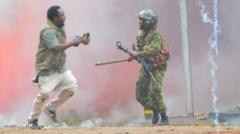
Protests in Kenya Turn Deadly as Clashes with Police Erupt
At least eight fatalities reported amid widespread unrest against President Ruto's administration
In a day marked by turmoil, at least eight lives have been claimed and around 400 individuals injured as protests erupted nationwide against President William Ruto's regime. The unrest, which took place a year after a similar wave of demonstrations, saw thousands taking to the streets in cities including Nairobi, demanding the president's resignation with chants of "Ruto must go."
Authorities responded to the growing crowds with tear gas and water cannons, clashing with demonstrators who waved peace symbols amidst the chaos. The government's attempt to ban live broadcasts of the protests was quashed by the High Court, allowing news coverage to resume. In response to the unrest, President Ruto urged for peace during a burial ceremony, emphasizing the need to protect stability in the nation.
While police erected barricades and deployed razor wire to control the crowd, casualty figures remained unreported by the authorities. However, a coalition of medical and legal organizations confirmed at least eight deaths and 83 injuries requiring specialized medical attention, including eight gunshot victims. Amnesty Kenya reported a higher death toll, indicating the protest's escalating violence.
Protesters like Amina Mude voiced their frustrations regarding the country's direction, especially concerning education and governance, while others reflected on past losses with memorials at protest sites. These displays further highlighted the ongoing tension surrounding police action against demonstrators and the increasing urgency for change in Kenya’s political landscape.
Authorities responded to the growing crowds with tear gas and water cannons, clashing with demonstrators who waved peace symbols amidst the chaos. The government's attempt to ban live broadcasts of the protests was quashed by the High Court, allowing news coverage to resume. In response to the unrest, President Ruto urged for peace during a burial ceremony, emphasizing the need to protect stability in the nation.
While police erected barricades and deployed razor wire to control the crowd, casualty figures remained unreported by the authorities. However, a coalition of medical and legal organizations confirmed at least eight deaths and 83 injuries requiring specialized medical attention, including eight gunshot victims. Amnesty Kenya reported a higher death toll, indicating the protest's escalating violence.
Protesters like Amina Mude voiced their frustrations regarding the country's direction, especially concerning education and governance, while others reflected on past losses with memorials at protest sites. These displays further highlighted the ongoing tension surrounding police action against demonstrators and the increasing urgency for change in Kenya’s political landscape.



